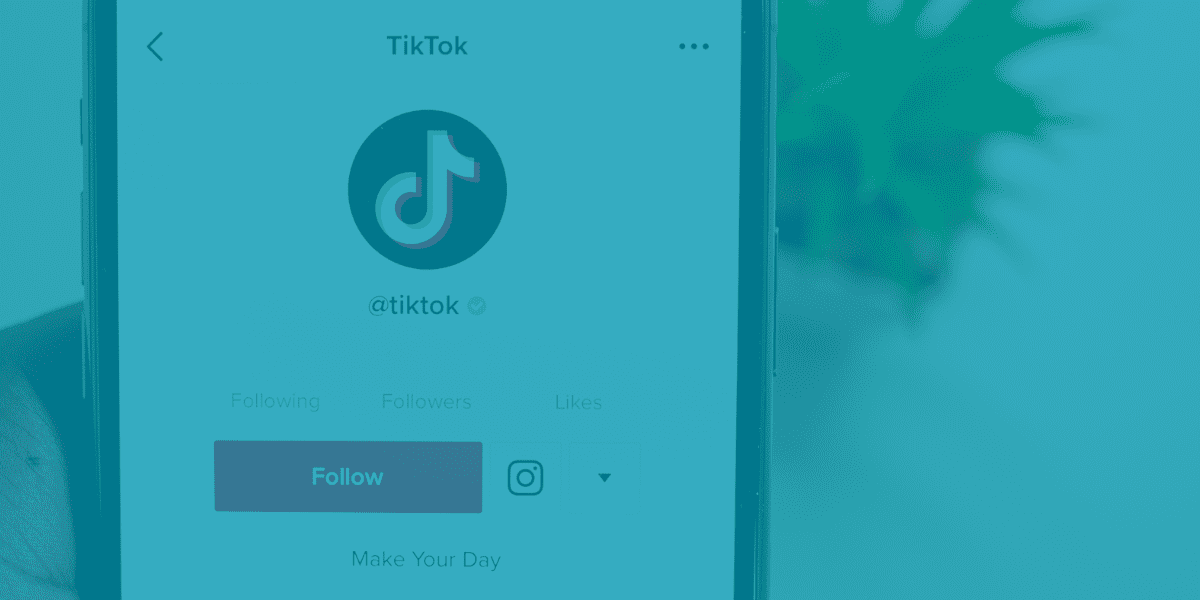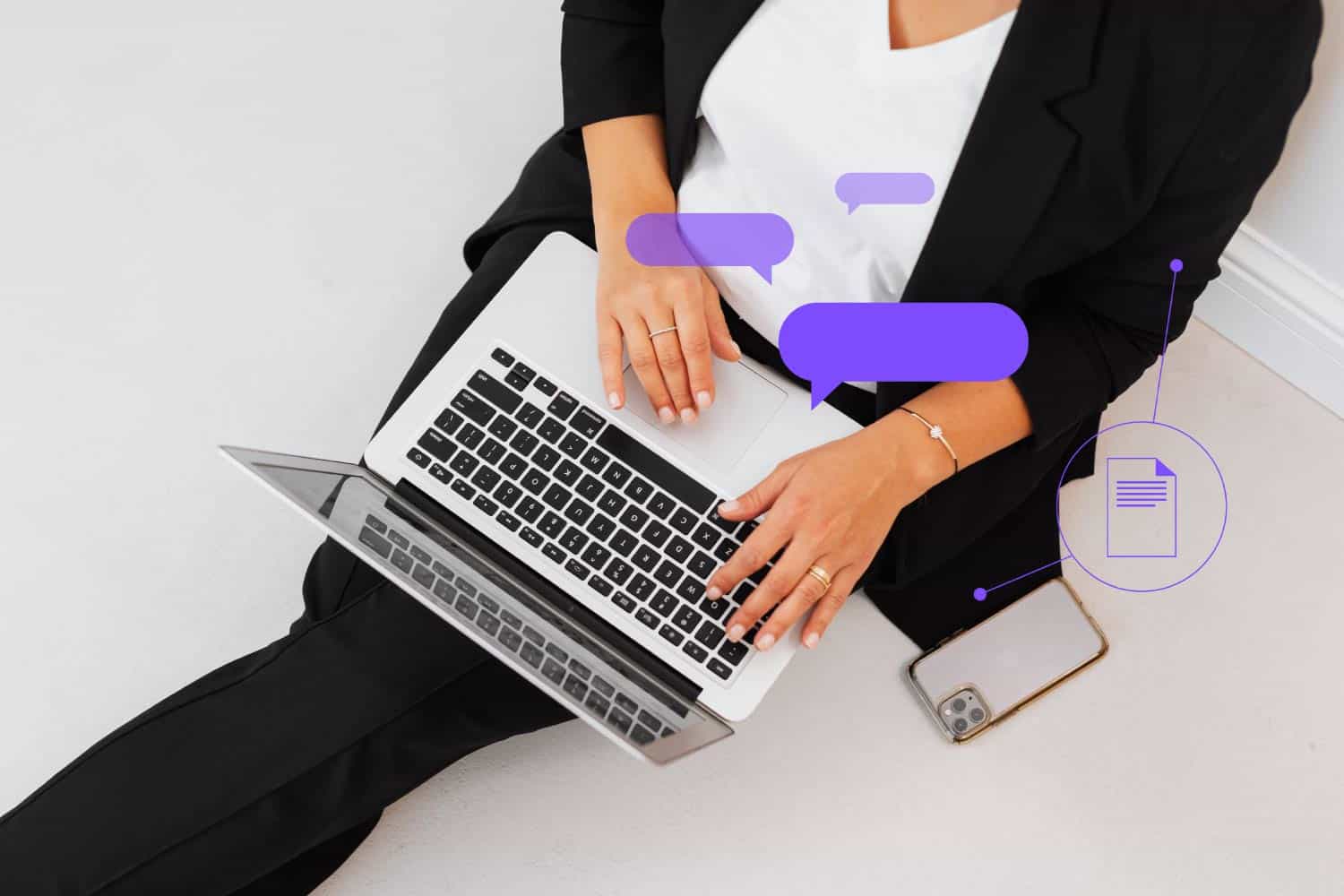The key to successful marketing is creating a well-designed and effective sales funnel. A well-crafted marketing funnel can guide potential customers through each stage of the buying process, ultimately leading to increased sales and revenue. But what exactly is a marketing funnel, and how can you create one that effectively converts leads into paying customers? In this post, we’ll take a deep dive into the four major phases of a marketing funnel and provide tips for optimizing each step along the way. So, whether you’re a seasoned marketer or just starting out, keep reading to learn how to build a sales funnel that drives growth for your business.
What is a marketing funnel?
A marketing funnel is a series of steps that a potential customer would take that guides them from learning about your product or service to deciding to buy to final purchasing from you (and then hopefully becoming a repeat customer). A solid marketing funnel will guide your customers through each step while providing value along the way and allowing them to have a smooth experience that ends in them purchasing your product or service.
Why is a marketing funnel important?
But why is it so important? It’s simple: when you have an established sales funnel, you have an established path for every potential customer. They don’t have to guess where they need to go next, which means they’re more likely to follow the steps that lead them to buy from you. And when people who buy from you once are more likely to keep on buying from you, That means increased loyalty and increased revenue over the long term.
Deep Dive into a Marketing Funnel
Marketing funnels are designed to lead a customer through what’s known as a customer journey. The customer journey is a detailed roadmap of all the interactions a user will have with your brand.Think of the marketing funnel as the high-level framework and the customer journey as the detailed look at a user’s touch points within that framework.
Every business is different, but most businesses’ marketing funnels usually follow 4 major phases (Awareness, Consideration, Conversion, Retention), which align with the 8 most common interactions a customer would have with your business:
- Awareness
- Engagement
- Subscriptions
- Conversions
- Excite
- Ascension
- Advocate
- Promote
Let’s take a closer look at the different phases of a marketing funnel!
Awareness Phase
Let’s break down each step of the sales funnel. First comes awareness. This is where you introduce your business to potential customers by distributing quality content (like blog posts, videos, podcasts) and valuable ads to your audience. People who move on from this phase will be interested enough in what you have to offer that they want to learn more about it.
Consideration Phase
The next phase is consideration. This is where potential customers really think about whether or not they want to buy from you and compare their options. In this phase, people are looking for more in-depth information about what you have to offer, so it’s essential to ensure you have resources that answer their questions and help them see the value of your product.
How are you going to address your audience’s concerns? What will set your offering apart from others? How can you prove that your product or service helps solve a real problem? These are all questions to ask yourself when creating content in this phase.
When buying online, people spend a lot of time researching, so it’s crucial to provide the information they need to feel confident in their purchase decision.
Conversion Phase
The conversion phase of a marketing funnel is when you’re finally ready to make a sale.It’s the moment when you’ve convinced your customer that they need whatever you’re offering, and they have all the information they need to make an informed buying decision.
So how do you get them there?
Well, to convert your site visitors into customers, you need to make sure that your conversion phase marketing funnel is optimized for sales.
Simply enough, ask for the sale. All too often, we assume that prospects know the next steps. Don’t assume. Make sure to build marketing assets that explicitly ask for the sale.
Here are a few more tips to optimize your consideration phase: Make sure you remove unnecessary steps, create urgency with limited-time offers, and don’t just continue to ask for a user to buy. Instead, make sure you continue to deliver value along the customer journey.
One of the easiest ways to lose conversions is making the process too complicated. According to the KISSmetrics Blog, removing one extra step from their checkout process led Amazon to increase sales worth $300 million each year! It’s as easy as that.
Retention Phase (Our Secret Sauce)
And finally, for our secret sauce! What helps take our clients’ digital marketing to the next level is (drum roll please): lower barrier to entry sales, core offerings, and profit maximizers. You’re probably thinking, what the heck is that. It’s a highly effective selling method created by Ryan Deiss at Digital Marketer.
It essentially states that instead of selling users a high-priced product at first, which could take a lot of convincing, research, and debating on the buyers’ end, we recommend that you ask for a small commitment from your customers. We even go as far as saying that typically with your first purchase from a user, your sale/price is so good that you are losing money.
Let’s use the analogy of a restaurant for example:
Lower barrier offers are like the appetizers at a restaurant. They’re easy to consume, and they don’t cost much money. The goal is to get your customer into the buying process without scaring them off with a hefty price tag or the risk of not getting their money’s worth out of their product. Lower barrier offers allow your customers to engage with your brand for a small investment of time or money. It helps nurture those relationships so that when you move on to your core offerings, you’ve already built a level of trust with your customer.
Core offerings are like the main course at a restaurant. They’re where you make most of your money, so it should be something that’s really valuable to your customer, and it should solve a problem for them. When creating core offerings, you need to keep in mind who your audience is and what they want or need from you. Then, you can offer different levels of price points depending on what kind of value you can provide.
Profit Maximizers are like the dessert at a restaurant; they’re not necessary every day, but everyone enjoys them when they’re available! Profit maximizers tend to be luxury products or up sells/add ons that you can provide at a low Cost of Goods Sold (COGS) for you and at a premium price for the user.
See, when you use the selling method above, and break out the commitment to your brands goods/services, you are able to maximize the overall success of your marketing efforts, while maintaining and growing relationships with customers rather than just asking for sales.
Getting Started
So, what do you think? Are you ready to start building your own marketing funnel?
If the answer is yes, then congratulations! It’s time to get started.
Building a marketing funnel is a lot of work. But it’s worth it. The more you put into it, the more your business will grow and generate leads for years to come. If you have any questions or need help building your marketing funnel, schedule a meeting with our team today. We’ll walk you through everything from strategy to execution, and we’re confident they’ll be able to help you craft a plan that works for you.






























































